Retroviruses are RNA viruses having the enzyme reverse transcriptase which allows them to convert RNA to DNA which then integrates with the host cell. HIV and HTLV (Human T cell Lymphotropic Virus) are the two medically important Retroviruses.
This group has 4 viruses HTLV 1 to 4. HTLV 1 is the major pathogen while not much is known about HTLV 2. HTLV 1 is endemic in South America, Africa, Middle East, Japan and Caribbean. HTLV 3 and 4 do not cause any significant human pathology.
Morphology: It is an enveloped virus with two copies of single stranded RNA with a positive polarity. The inner membrane of the virion envelope is lined by the viral matrix protein (MA). This structure encloses the viral capsid (CA), which carries two identical strands of the genomic RNA as well as functional protease (Pro), integrase (IN), and reverse transcriptase (RT) enzymes. gag, pol and env as well as tax and rex are the important genes. The envelope proteins are gp46 and gp21.
Pathogenesis: A newly synthesized viral particle attaches to the target cell receptor through the viral envelope (Env) and enters via fusion, which is followed by the uncoating of the capsid and the release of its contents into the cell cytoplasm. The viral RNA is reverse transcribed into double stranded DNA by the RT. This double stranded DNA is then transported to the nucleus and becomes integrated into the host chromosome forming the provirus. Tax and rex are the regulatory genes. Tax is oncogenic. HTLV-1 basic leucine zipper factor (HBZ) interacts with cellular factors JunB, c-Jun, JunD, cAMP response element binding (CREB) and CREB binding protein (CBP)/p300 to modulate both viral and cellular gene transcription. The increase in transcription and IL 2 mediated T cell growth lead to oncogenesis.
Clinical features: It is transmitted via blood and blood products and by sexual intercourse. It infects the CD4+ T cells and causes them to proliferate. It causes a progressive neurologic disease named HTLV-I associated myelopathy/tropical spastic paraparesis (HAM/TSP). Initial symptoms are subtle and include gait problems, unexplained falls, low back pain, constipation, urinary urgency/incontinence and numbness or pain in the lower limbs which progressively gets worse over the years. Approximately 2-5% of HTLV-I carriers will develop acute T cell leukemia/lymphoma. It presents with skin and bone lesions, pulmonary infiltrates, elevation of serum calcium, enlargement of the liver, spleen and lymph nodes, and opportunistic infections. HTLV 1 may also cause arthropathy, uveitis (inflammation of the eye), pneumonitis and thyroid problems. HTLV 2 is associated with spinocerebellar syndrome and is seen in injection drug users.
Laboratory diagnosis of HTLV infections: ELISA is used to detect antibodies while Western Blot is used as a confirmatory test. PCR is used to detect viral RNA. Presence of the HTLV antibody in CSF confirms HAM/TSP.
The earliest known case of infection with HIV-1 in a human was detected in a blood sample collected in 1959 from a man in Kinshasa, Democratic Republic of the Congo. On June 5, 1981, the first cases of AIDS presenting as Pneumocystis pneumonia were reported in the USA. It has been postulated that human HIV originated from African chimpanzees.
Morphology: It is structurally similar to HTLV with a few antigenic differences. The genome is diploid, meaning that it consists of 2 strands of positive sense RNA. It is enveloped and icosahedral. The envelope has glycoproteins gp120 and gp41 which play a vital role in pathogenicity. Along with the genes gag, pol and env that encode structural proteins it has 6 regulatory genes tat, rev, both of which are required for replication and nef, vif, vpr and vpu which are called accessory genes.
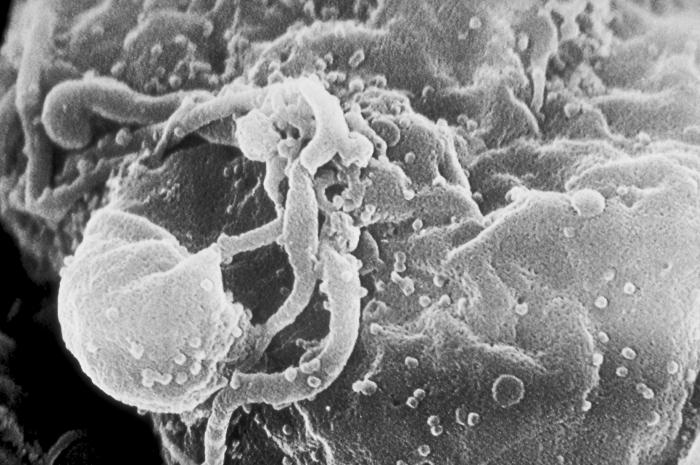
Scanning electron microscopic (SEM) image of human immunodeficiency virus-1 (HIV-1) virions seen as small round bumps, in the process of budding from a cultured lymphocyte.
Following is a short description of the HIV genes.
Classification of HIV: HIV-1 is one of the most polymorphic viruses known and exists as a swarm of genetically related variants or quasispecies. It shows antigenic variation frequently in the envelope antigen. It has two antigenic types - HIV 1 and HIV 2. Type 1 is more common worldwide while type 2 is seen mainly in West Africa. Type 1 has 10 subtypes from letters A to J which are all included in Group M for Major. Subtype B is most common in the USA. Subtypes which do not fall into Group M form Group O for outlier. Newly discovered subtypes which do not fall in Groups M and O form Group N for new.
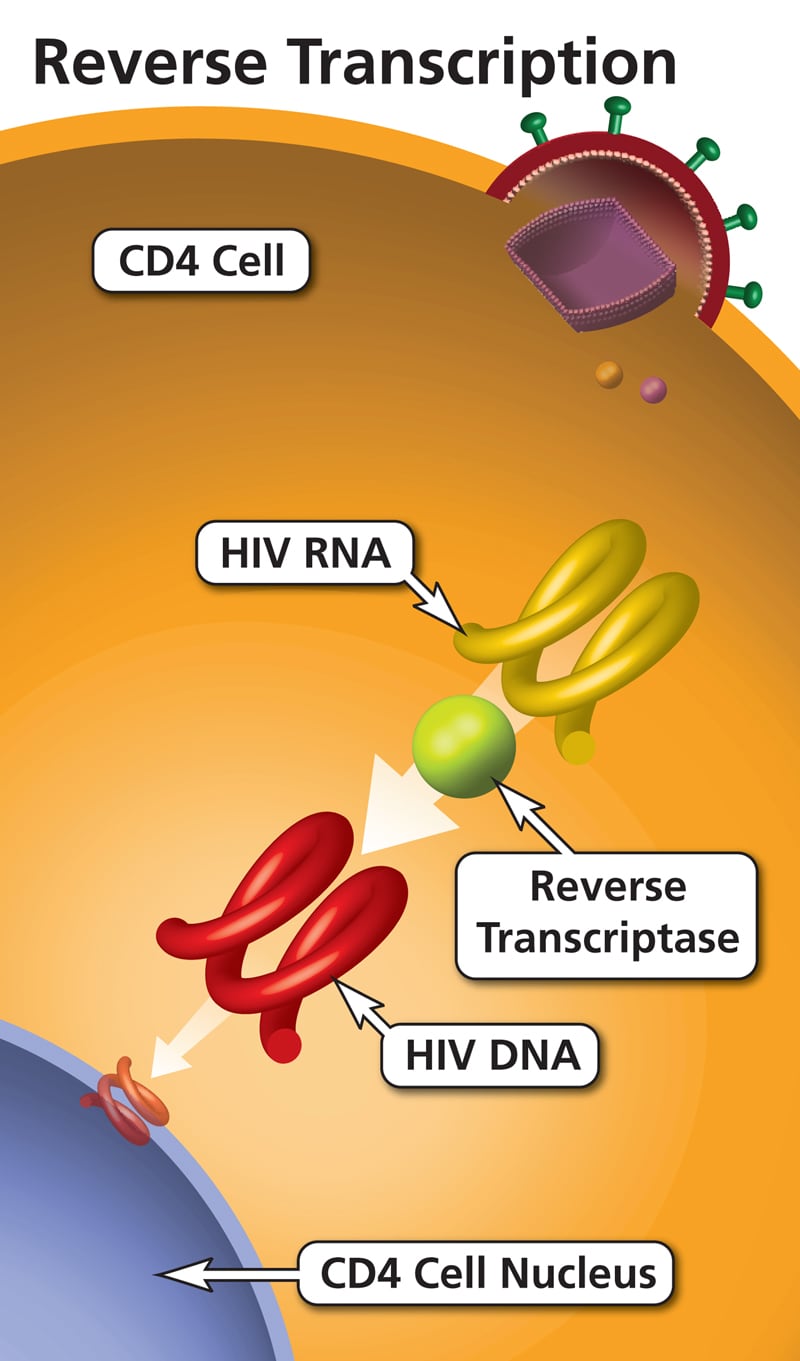
Pathogenesis: It is very important to understand the pathogenesis of HIV and AIDS. Infection with HIV starts without symptoms or ill-feeling and is accompanied by slight changes in the immune system. This stage spans up to three months after infection until seroconversion where HIV-specific antibodies can be detected in individuals following recent exposure. It takes several years for full blown manifestations of AIDS. During primary infection the virus is actively replicating in the lymph nodes and bloodstream of infected individuals. Infected individuals develop an AIDS status when their plasma HIV load is high and the CD4+ T count is less than 200/mm3. HIV attaches to CD4+ and kills CD4+ T cells. It attaches to chemokine receptors on monocytes and dendritic cells and kills them similarly. CCR5 and CXCR4 are the important chemokine receptors for HIV.
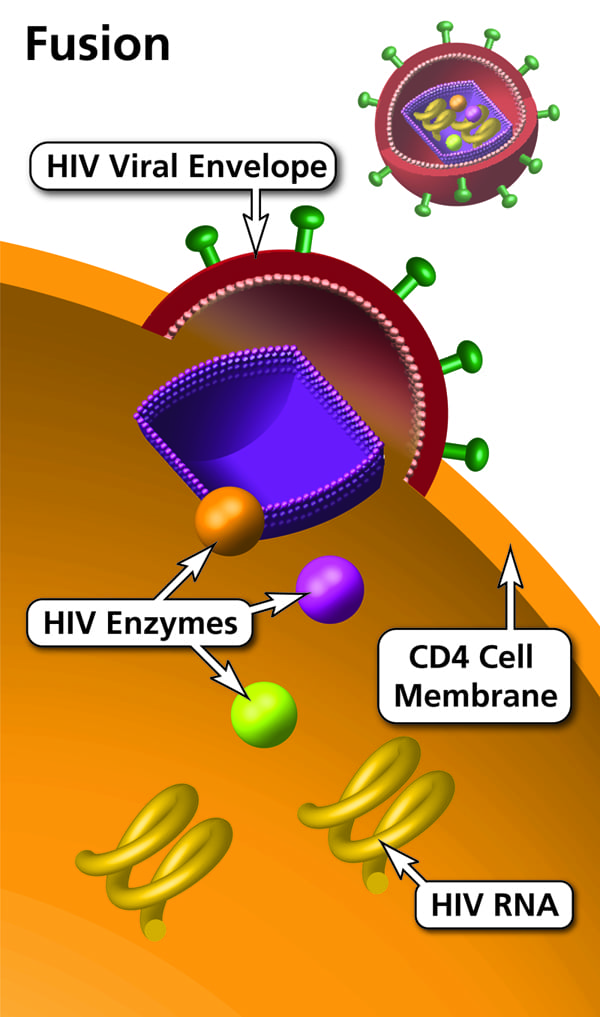
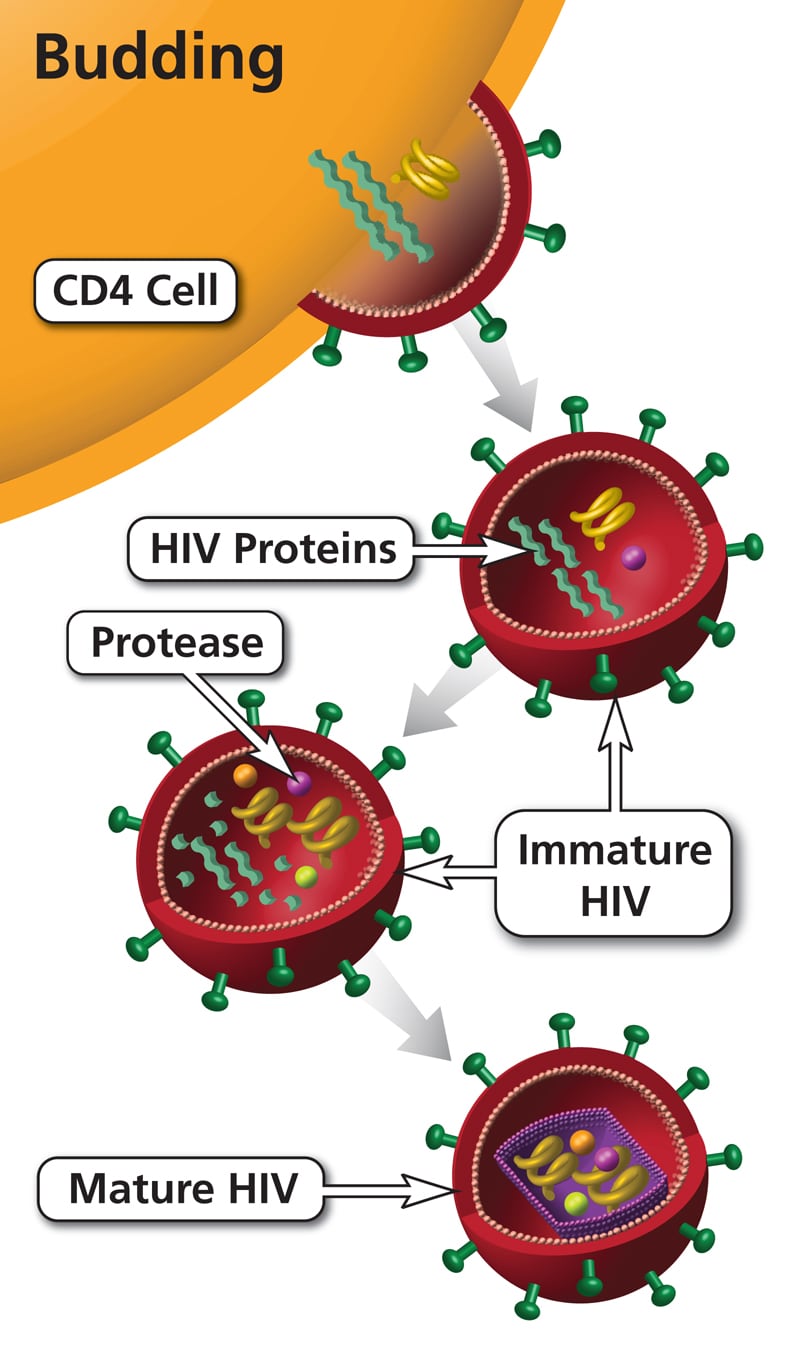
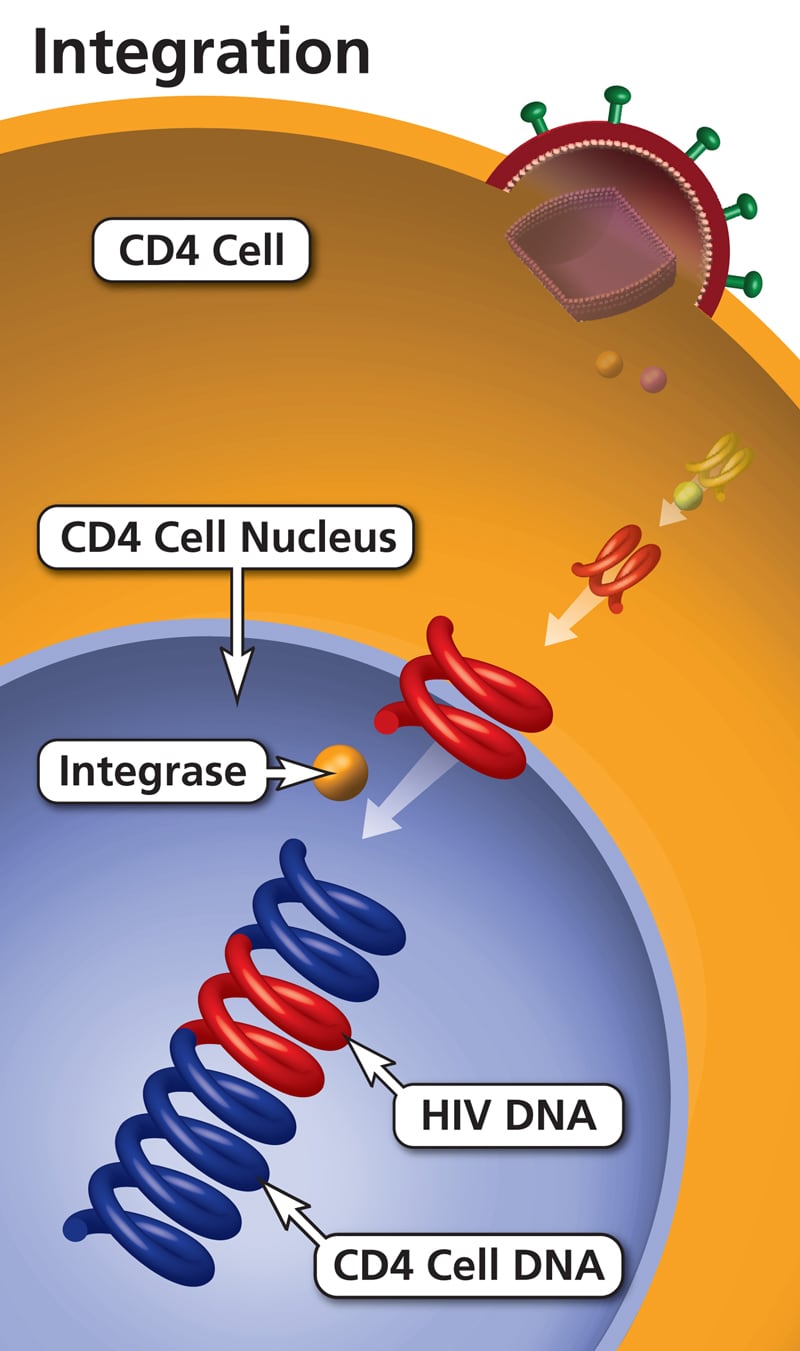
Macrophages and primary T lymphocytes express CCR5 and CXCR4 where T cell lines express only CXCR4. HIV shows tropism for macrophages or T cell lines or dual tropism. Macrophage (M)-tropic HIV-1 strains infect macrophages and lymphocyte using CCR5, while T-cell line (T)-tropic strains infect lymphocytes and T cell lines (but not macrophages) by using CXCR4. Dual tropic strains can infect all cell types discussed above. Other chemokine receptors, principally CCR3 and CCR2b, function as minor HIV coreceptors. Persons who are homozygous for a mutant form of CCR5 gene, lack the receptor on their immune cells totally and they are resistant to infection with some strains of HIV while heterozygotes for the same mutation show slower progression of HIV.
Monocytes/macrophages are believed to serve as vehicles for dissemination of HIV between different tissues of the body. Upregulation of viral coreceptors, activation of NF-kB (transcription factor) and production of TNF-alpha leading to induction of HIV replication in infected macrophages helps in progression to AIDS. Many cytokines such as TNF-alpha and -beta, IL-1, IL-2, IL-3, IL-12, MCSF, GMCSF and IL-6 can enhance the replication of HIV and also play a key role in AIDS associated malignancies. In individuals infected with HIV, the normal Th1 response to viral infection is shifted to Th2 response.
Death of HIV infected CD4+ cells is attributed to viral cytolysis; immune cytolysis by ADCC, NK cells, CD8+ cells and T cells; infected cells fusing with normal cells via gp120 to form syncytia which may lyse as a whole.
Clinical features: Transmission is by sexual contact, blood and blood products, perinatal and through breast feeding. Infection goes through the following three stages.
Acute HIV Infection / Seroconversion Illness: 2-4 weeks after exposure patients will present with flu-like illness with fever, chills, malaise, fatigue, night sweats, lymphadenopathy and myalgia. Symptoms usually resolve in a few days. Some people may be asymptomatic.
Clinical Latency: It’s a stage of chronic infection. It may persist for 10-15 years. Patients typically are asymptomatic though the virus is actively multiplying in their body.
AIDS or Acquired Immunodeficiency Syndrome: Severe symptoms manifest as extreme fatigue, weight loss, cognitive disturbances, pneumonia, generalised lymphadenopathy, chronic diarrhea, etc. These symptoms are due to the onset of opportunistic infections.
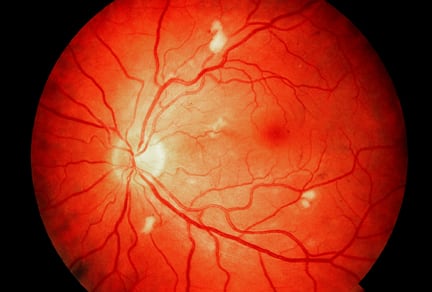
Laboratory diagnosis of HIV infection: It is guided by the stage of infection. Presumptive diagnosis is done by ELISA which has to be confirmed with Western Blot. Rapid tests based on immunoblot assay, immunochromatography and particle agglutination using latex, gelatin or RBCs give results in 20 minutes but have to be confirmed with Western Blot. A positive Western Blot shows at least two bands - p24, gp41 and/or gp120/160. Nucleic acid detection can be done by PCR or RT-PCR or in situ hybridisation tests. RT-PCR is used to determine the viral load. For research purposes virus can be isolated by co-cultivation of patient’s lymphocytes with uninfected lymphocytes in the presence of IL 2. Antibodies IgM or IgG can be detected by ELISA. p24 antigen detection can also be done by ELISA.
Nucleic acid assays will be positive in all stages of infection. p24 antigen assays will become negative once antibodies are detectable. In newborns born to HIV positive mothers, diagnosis is established by DNA/RNA PCR, p24 antigen assay or viral culture.
Window period: The window period refers to the time after infection and before seroconversion, during which markers of infection (p24 antigen and antibodies) are still absent or too scarce to be detectable. It may vary from a few weeks to not more than 90 days. Viral culture and PCR will still be positive in window period.
Acute Illness: Antibodies may be absent as they take at least 2 weeks to appear. Diagnosis in this stage is done by RT PCR, p24 antigen assay or viral culture. When antibodies develop ELISA will be positive, IgM first followed by IgG.
Sign up for free to take 2 quiz questions on this topic